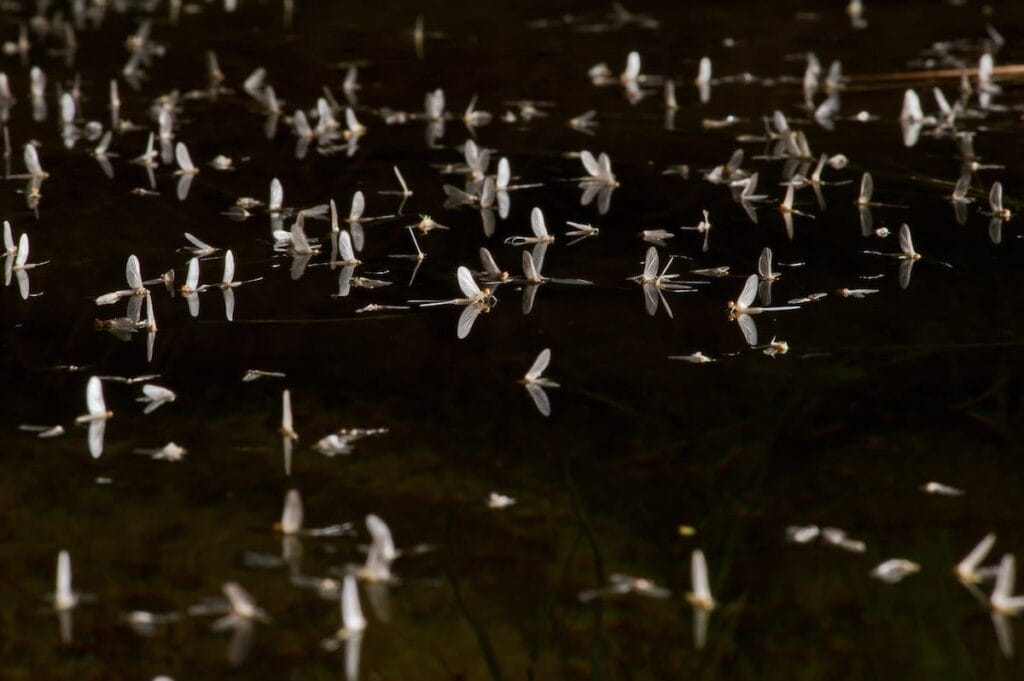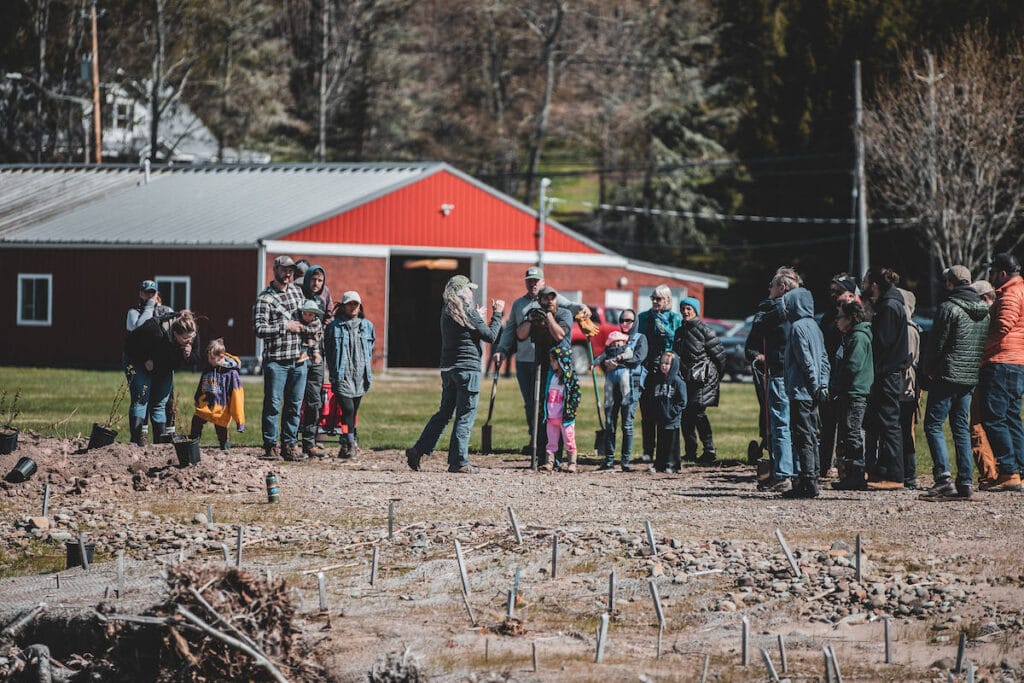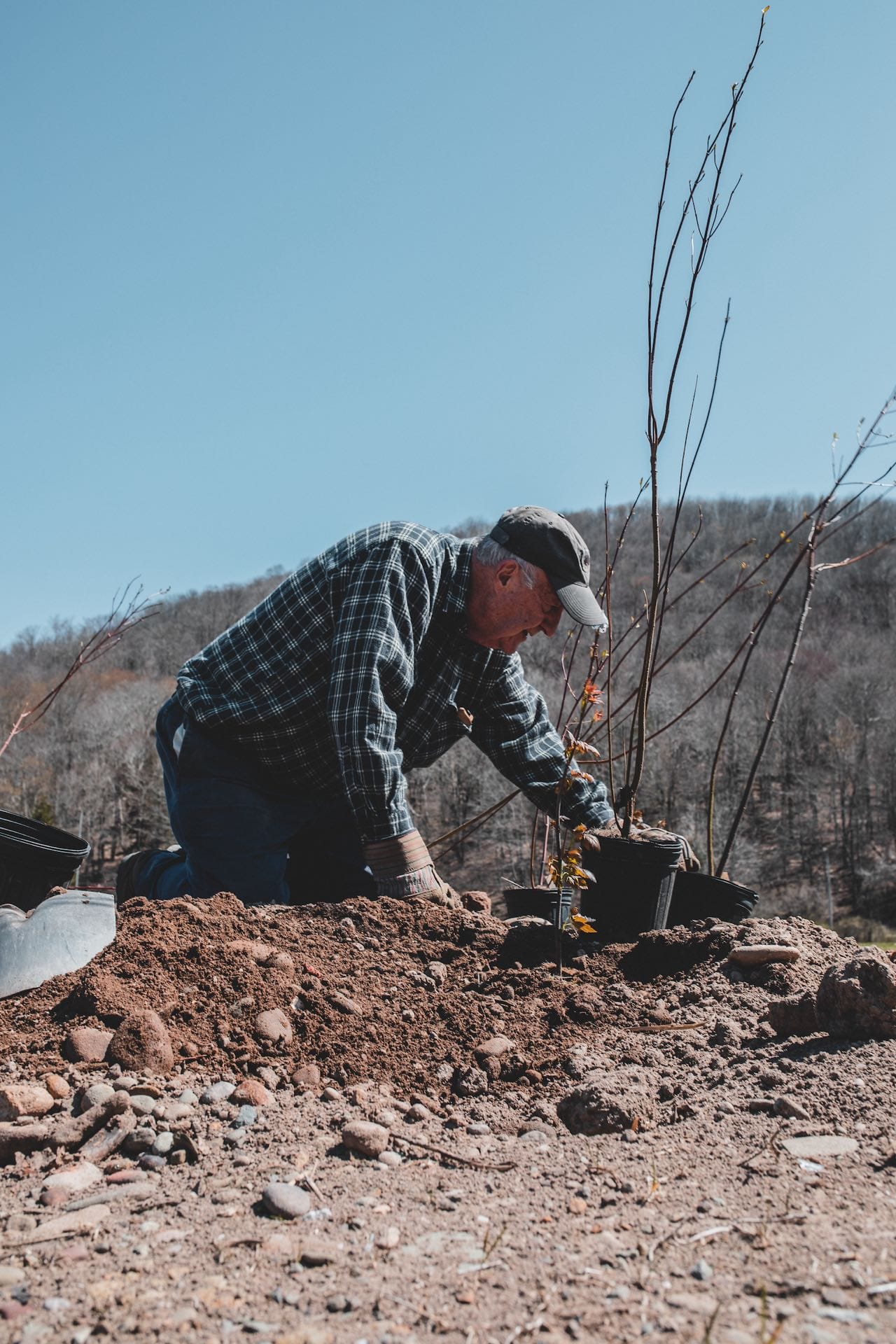We’re recovering rivers with committed partners old and new
Years ago, when one of my kids was born, I sent out an all-staff note celebrating that and the births of several other children to those in the TU extended family. That note was then forwarded to some TU volunteers, including Catskills residents who had just survived horrific flooding.
The response I received from a TU volunteer leader in the Catskills was like a two-by-four across the forehead.
“What the hell is wrong with you? We are trying to survive; to keep our homes from flooding and you are celebrating the birth of children?! Are you deaf, dumb or blind? Or perhaps, all three?”
The writer then went on to then explain how at odds we were with our conservation partners in the Catskills, and how state agencies and other anglers were supremely frustrated with TU’s equivocal position on flows from New York City’s reservoirs on the Upper Delaware, which make or break the river’s wild trout fishery.
Retrospect proves valuable
I thought back on that conversation recently as a blizzard of mayflies came off and then back down to the Catskills river where I was fishing. The brown and brook trout were willing, and as I quickly released one fish after another, I thought about the difference 15 years makes.

Through the influence of incredible board members, volunteers and friends such as Rich Thomas, Dan Plummer, Lee Hartman, Peter Moscovitz, Doc Fried, and so many others, Trout Unlimited is becoming a powerhouse conservation partner in the Catskills.
Following that blizzard mayfly hatch at a wonderful gathering of TU donors, volunteers and staff, I heard a great deal about how much TU has lifted its game in the region.
For example, the TU team has reconnected more than 23 miles of spawning and rearing habitat for trout over the past few years, with an additional 18 miles planned this year.
On the Little Beaverkill, we helped to restore eroding streambanks that contributed excessive sedimentation to the river. Not incidentally, calling to mind the admonition I received 15 years ago, this work also allowed streams to access their floodplains, diminishing the energy of the next flood and protecting homes and other downstream infrastructure.
Another example of the societal benefit of river restoration is found on the fabled Willowemoc River, where instream and riparian restoration yielded many attendant benefits for downstream communities (and wild trout, too!).
Conservation – a long game

Today, TU is a part of a vital coalition of partners that includes the Friends of the Upper Delaware River, the Theodore Gordon Flyfishers, local and county governments, state and federal agencies and many others working to protect and recover the habitat and secure sufficient flows to keep the Upper Delaware’s amazing wild trout fishery intact.
Because of their propensity to flood, riverside communities in the Catskills have maintained a complicated co-existence with their rivers and streams. When they flood, they are a bane. When anglers come to experience the best wild trout fishing in the East and spend their money in these Catskill communities, they are a boon.
Many of these towns are what we traditionally call “resource dependent” communities, built on logging, and as is the case with so many rural communities across America, when the resources ran out, many of these towns ran into hard times.
Conservation, however, is a long game, and TU staff, volunteers and partners never gave up on the communities where we live and work. Collectively, partners are working to help these communities become resource-dependent once again, but in this case, it is by making the rivers and streams healthier so that they may continue to help sustain the places that depend on them.
A few years ago, Jesse Vadala, one of our local staff in the Catskills, reached out to Manny Zanger, one of the early pioneers of the “Beamoc” Chapter of TU.
Jesse was looking for willows for a replanting. Manny said, “come take them from my land.”
Several days later, the 81-year-old Manny showed up to plant trees with a bunch of volunteers who were 40 to 50 years his junior. His comment?
“It gives me great joy to see so many young people continuing the work that I started with Doc Fried so many decades ago.”
That is the special sauce of TU. Our ability to recognize and celebrate the wisdom of our longest-serving volunteers while inspiring a new generation of conservation stewards.




